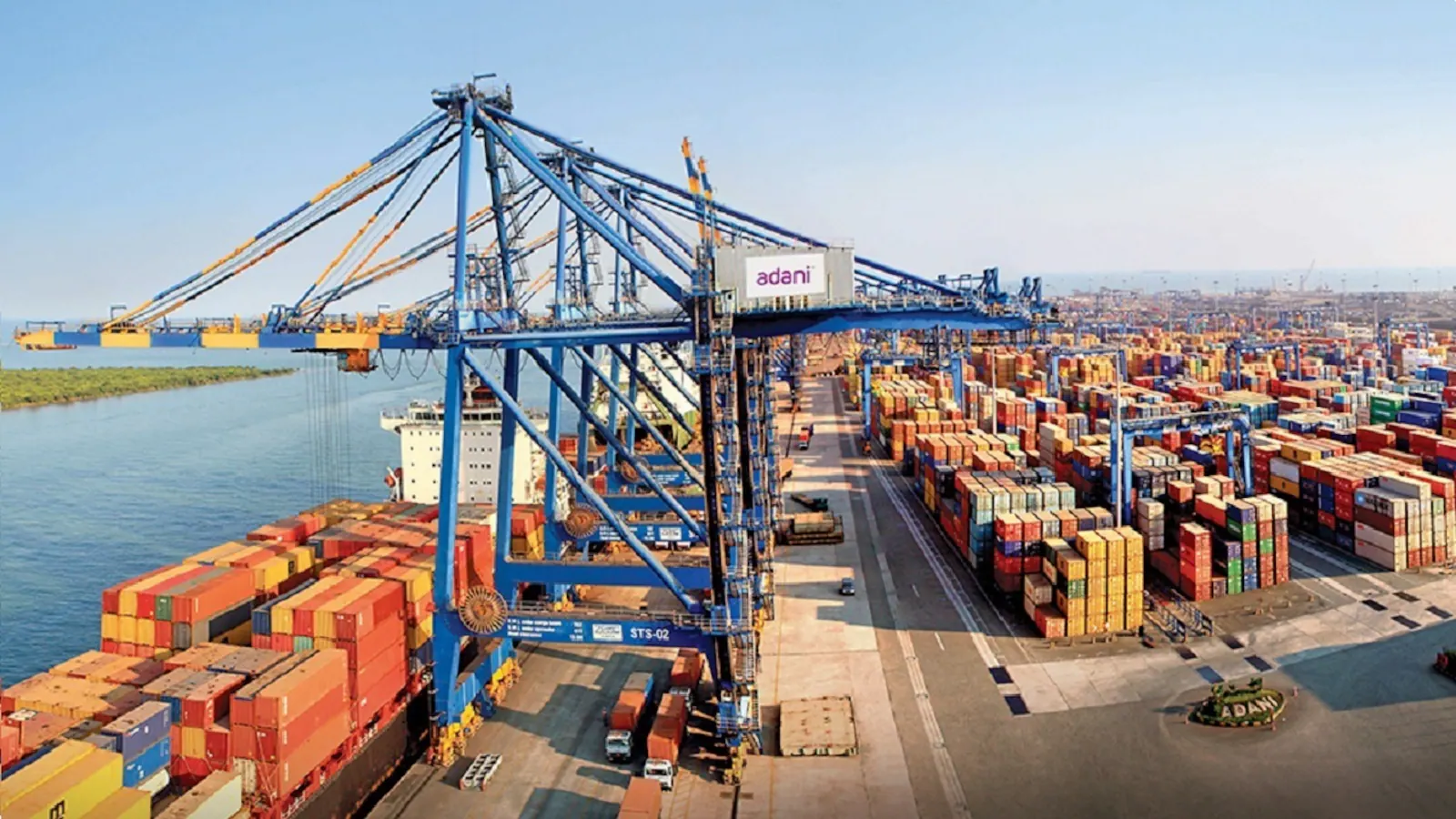In a significant development for India’s maritime industry, billionaire Gautam Adani plans to launch shipbuilding operations at the Adani Group’s flagship Mundra Port. This move comes at a pivotal time when major shipyards in countries like China, South Korea, and Japan are fully book until 2028, creating a demand for alternative manufacturing sites. Let’s see Reason behind the Gautam Adani to Build Ships.
India’s Ambitious Goals in Shipbuilding
India currently ranks 20th in the global shipbuilding market with a modest market share of 0.05%. However, under ambitious initiatives like Maritime India Vision 2030 and Maritime Amrit Kaal Vision 2047, India aims to climb the ranks to become one of the top 10 shipbuilding nations by 2030 and one of the top five by 2047. These initiatives underscore India’s strategic intent to bolster its maritime capabilities and leverage its vast coastline and potential in shipbuilding.

Adani Group’s Strategic Investment
The decision by the Adani Group to venture into shipbuilding aligns with its expansive vision for Mundra Port. As part of Mundra Port’s Rs 45,000 crore expansion plan, recently cleared for environmental and coastal regulation zones, Adani aims to establish itself as a key player in the global shipbuilding industry. This move not only enhances India’s capacity to build commercial vessels but also supports its aspirations to increase its share in the carriage of overseas cargo.

Global Context and Industry Trends
The global shipping industry faces mounting pressure to develop eco-friendly vessels to meet decarbonization goals. It is estimated that over the next three decades, more than 50,000 ships will need to be built globally to replace aging fleets with sustainable alternatives. Adani’s entry into shipbuilding at Mundra Port positions India as a viable alternative for global fleet owners seeking environmentally friendly manufacturing options.
Economic Impact and Potential Growth
According to a report by KPMG, India’s commercial shipbuilding market has the potential to reach $62 billion by 2047. Moreover, This growth could generate significant employment opportunities, potentially creating around 12 million jobs across various sectors, including Tier-I, II, and III suppliers to the shipbuilding industry. To meet these projections, Indian shipyards must significantly ramp up their annual production capacity over the next few decades.

Challenges and Competitive Landscape
Indian shipyards currently face challenges in competing with their global counterparts, primarily due to cost disadvantages that can be as high as 35%. Despite government efforts to mitigate these discrepancies through state aid and policy support, Indian shipbuilders continue to struggle to match the efficiency and scale of leading international shipyards. Adani’s strategic advantage with Mundra Port’s Special Economic Zone (SEZ) status could potentially offset some of these challenges, enabling it to compete more effectively on a global scale.
Conclusion
Adani Group’s decision to venture into shipbuilding marks a significant step towards bolstering India’s position in the global maritime industry. With strategic investments in infrastructure and a clear focus on sustainable practices, Adani aims to contribute to India’s ambitious targets for shipbuilding and maritime trade. As global demand for eco-friendly shipping solutions grows, India’s role in this critical sector is set to expand, driven by initiatives that promote innovation, sustainability, and economic growth.
Also Read: Samsung Galaxy Watch 7: Everything You Need to Know

In summary, Adani’s entry into shipbuilding at Mundra Port not only signifies a strategic business expansion but also underscores India’s broader ambitions to emerge as a global leader in maritime manufacturing and trade.







